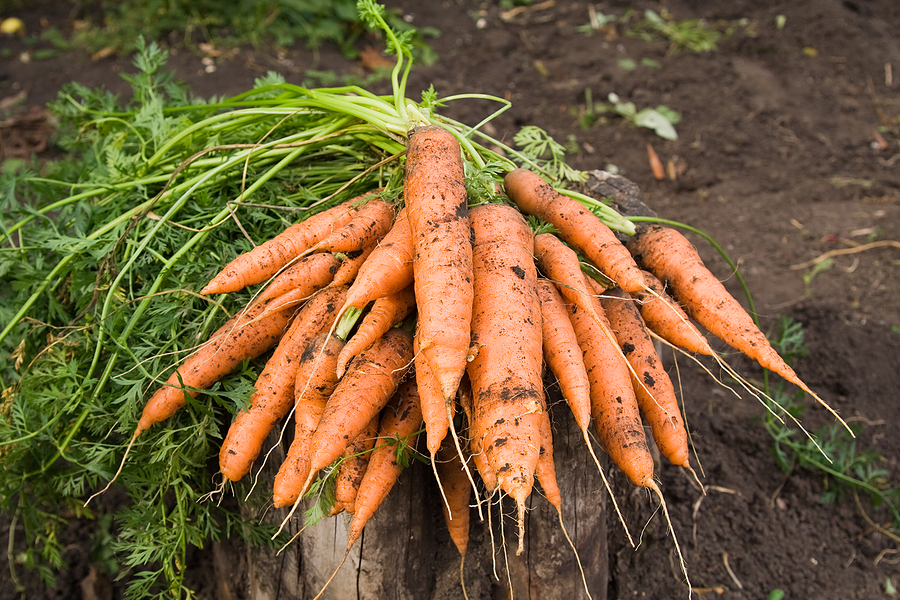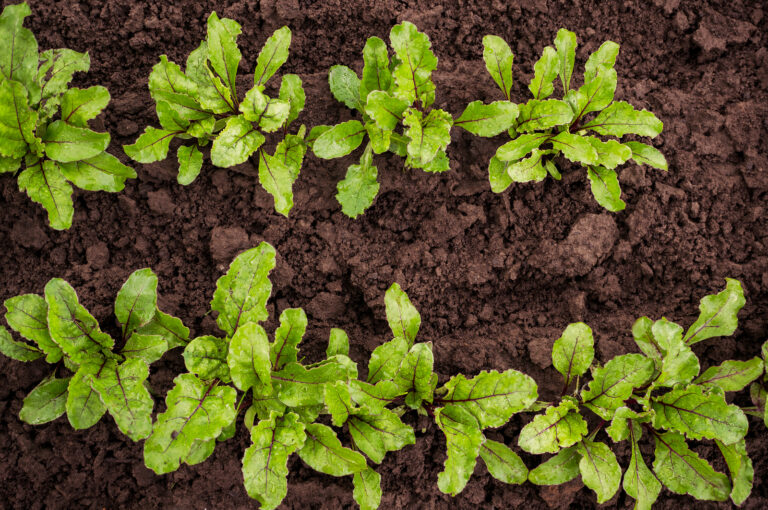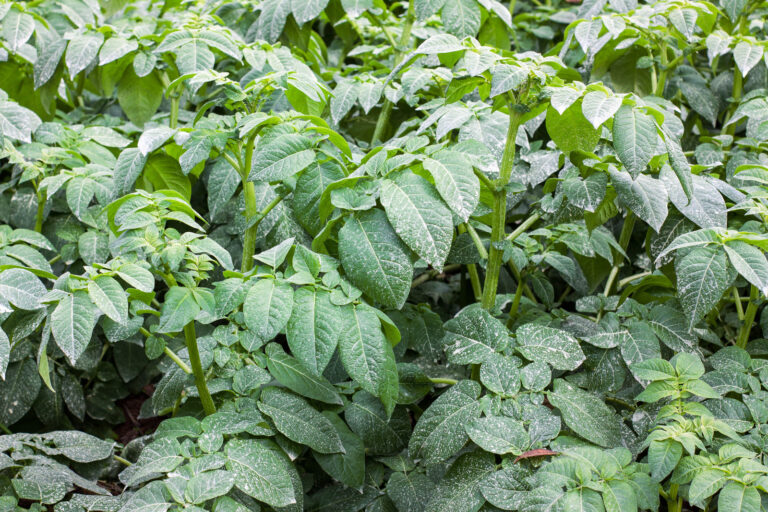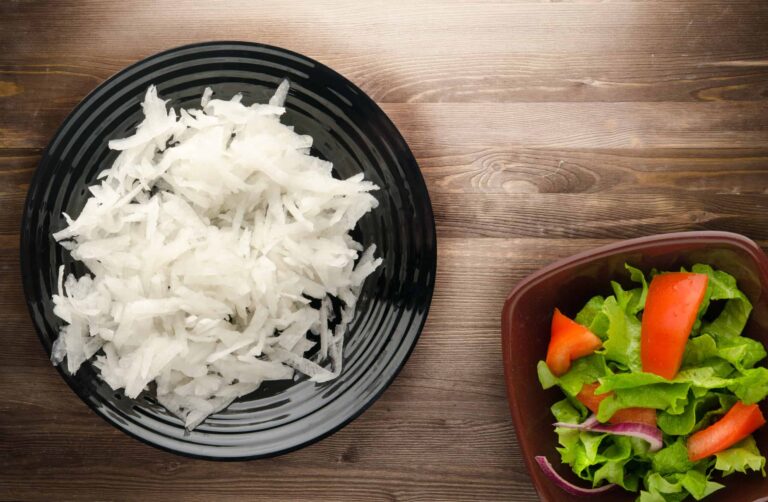Feeding Carrots: What Nutrients They Really Need
Carrots are nutrient-sensitive root crops that grow best in well-prepared soil with balanced fertility. Feeding carrots correctly encourages deep root development, vibrant color, and sweet flavor. Overfeeding—or feeding the wrong way—can lead to forked roots or lush tops with stunted carrots. Here’s how to get carrot feeding right.
Carrots Are Light Feeders—but Still Need Nutrients
Carrots don’t require heavy feeding like tomatoes or corn. In fact, too much nitrogen can cause excessive leafy growth and poorly formed roots. The key is to give carrots steady, moderate nutrition—especially phosphorus and potassium, which support root growth.
Start With Nutrient-Rich, Loose Soil
Before planting, prepare the bed by digging in well-aged compost or worm castings. Avoid fresh manure, which is high in nitrogen and can burn seedlings or cause misshapen roots. Compost adds microbial life and a gentle nutrient boost that helps young carrots get established.
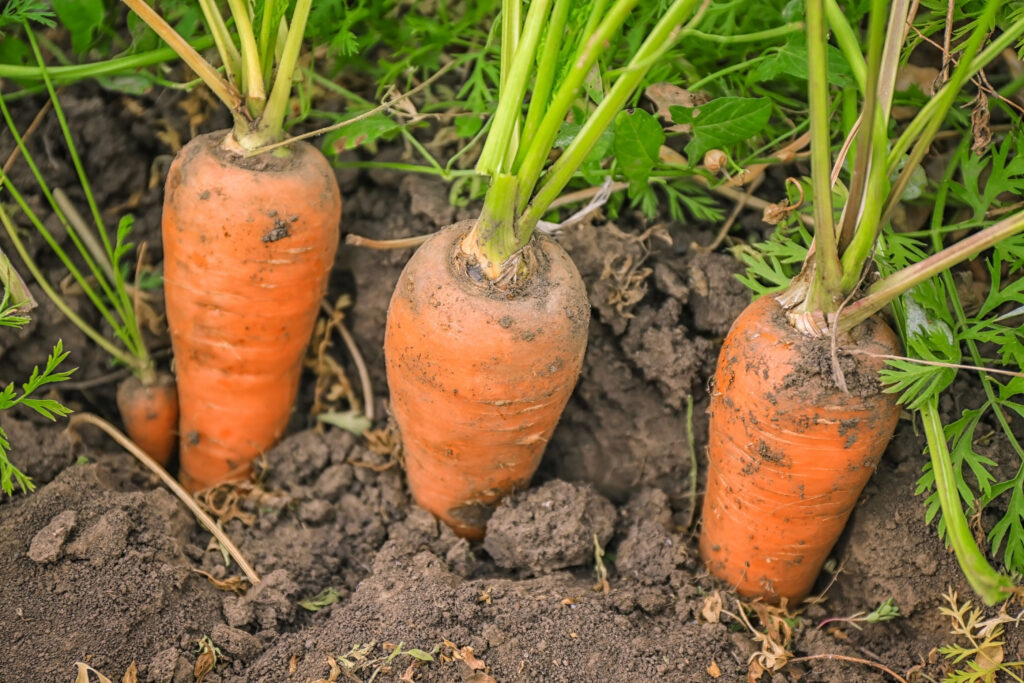
Essential Nutrients for Carrots
- Phosphorus (P): Encourages strong root development. A deficiency may lead to thin or stubby carrots.
- Potassium (K): Improves overall plant health and enhances flavor and color in roots.
- Calcium (Ca): Prevents root splitting and tip burn, especially in acidic or sandy soils.
- Nitrogen (N): Needed in small amounts early in growth to establish tops—but too much leads to big tops and small roots.
How to Feed Carrots During Growth
- Pre-plant: Mix a low-nitrogen organic fertilizer like 5-10-10 or 3-6-4 into the top few inches of soil before sowing seeds.
- At thinning: Once seedlings are 2 to 3 inches tall and thinned, side-dress with a phosphorus- and potassium-rich fertilizer. Avoid high-nitrogen formulas.
- Mid-season (optional): For longer-maturing or fall carrots, feed again lightly 30–45 days after sowing with compost tea or fish/kelp emulsion diluted to half strength.
Avoid Overfeeding
Signs you’re overfeeding include:
- Lush green tops with poor root development
- Forked or hairy roots
- Carrots with a bitter taste
Stick to light feedings and let compost and healthy soil do most of the work.
Check Soil pH
Carrots grow best in soil with a pH between 6.0 and 6.8. If your soil is too acidic, nutrients may be unavailable. Lime the soil if needed based on a soil test.
Final Tip: Mulch for Nutrient Efficiency
Mulching with straw or shredded leaves helps retain soil moisture and reduces nutrient leaching. It also prevents weeds from competing with your carrots for nutrients.
Summary
Feed carrots lightly but thoughtfully. Focus on phosphorus and potassium, avoid high nitrogen, and use compost-rich soil for the best results. Healthy roots start with balanced nutrition.
My Experience
I’ve been growing carrots year-round in raised beds in Sonoma Valley for more than 30 years. From early spring sowings to fall and winter crops, I’ve learned that carrots thrive when the soil is prepped with just the right balance of organic matter and slow-release nutrients. Over the decades, I’ve tested different amendments—compost, bone meal, kelp meal, and low-nitrogen organic blends—and found that carrots grow best when fertilized modestly and consistently. My approach is shaped by both tradition and trial—and it shows in every crisp, flavorful harvest. These tips reflect what works in my garden and can work in yours too.

